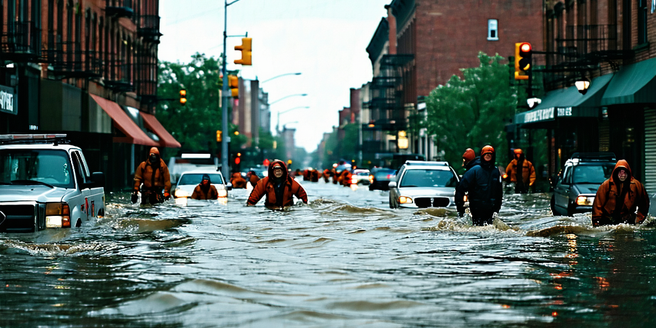
Understanding the Impact of Floods
Floods are among the most devastating natural disasters, impacting millions worldwide. They result in loss of life, destruction of infrastructure, and significant economic setbacks. Floods cause immediate and long-term challenges, such as waterborne diseases, displacement, and food shortages. Understanding the magnitude of floods helps in creating efficient disaster response strategies. Flood preparedness involves scientific monitoring, community awareness, and robust response systems. Governments and organizations invest in predicting flood patterns and reinforcing vulnerable infrastructures. Communities affected by floods often struggle to rebuild their lives, stressing the importance of timely relief efforts and sustainable recovery plans. Contributing to these efforts through education and donations aids in alleviating the burden experienced by affected populations.
Key Items to Donate for Immediate Relief
In the aftermath of a flood, the immediate needs of those affected are paramount. Donating the right items can make a significant impact on relief efforts. Essentials such as clean water, non-perishable food, and hygiene products are always in high demand. Clothing, blankets, and sleeping bags help provide comfort and warmth. First aid kits and medical supplies are critical, especially in areas where access to healthcare may be compromised. Baby supplies such as diapers and formula are also important, as families struggle to care for their children in challenging conditions. When donating, it’s crucial to ensure that items are in good condition and properly packaged. Collaborating with relief organizations can help tailor donations to the specific needs of a community, ensuring they provide maximum benefit.
Monetary Donations: How and Where to Give
Monetary donations are an efficient way to aid flood victims, offering flexibility for relief organizations to allocate resources where they are most needed. Before donating, research trusted organizations with a strong track record in disaster relief. Groups like the Red Cross, UNICEF, and local NGOs offer transparent donation processes. Online platforms facilitate easy contributions, allowing donors to specify preferences or allocate funds to specific programs. Consider setting up recurring donations for sustained impact, supporting long-term recovery and rebuilding efforts. Also, explore employer matching programs, amplifying the impact of your donation. Always verify the legitimacy of charities to ensure funds are utilized effectively. By contributing money, donors empower organizations to respond swiftly, providing essential services such as emergency shelters, medical care, and rebuilding initiatives.
Collaborating with Trusted Organizations
Collaborating with reputable organizations is key to effectively supporting flood relief efforts. Trusted organizations have the experience and infrastructure to manage donations and organize impactful relief programs. Partnering with such organizations can simplify the process of delivering aid to those who need it most. These organizations coordinate logistics, manage volunteers, and establish connections with local communities to ensure aid is appropriately distributed. By collaborating, individuals and groups gain access to organized channels and resources, maximizing the impact of their contributions. Engaging with these organizations also provides assurance that donations are managed responsibly and ethically. To find reliable partners, research their past performance, check affiliations with international relief bodies, and ensure they uphold transparency in reporting their activities and impact.
How to Organize a Local Donation Drive
Organizing a local donation drive involves several key steps to ensure success and maximum impact. Start by setting clear goals and identifying the specific needs of flood victims. Secure a convenient and accessible location for collecting donations. Promote the drive through social media, local community boards, and word of mouth to reach a wider audience. Collaboration with local businesses and schools can help broaden the drive’s reach and attract more donations. Establish a team of volunteers to assist with organizing, collecting, sorting, and packaging donations. It is crucial to maintain clear communication with local relief organizations to ensure that the donations meet actual needs. After the drive, coordinate the transport of collected items to the organizations that will distribute them to affected communities, ensuring that help swiftly reaches those in need.
Ensuring Donations Reach Those in Need
To guarantee that donations effectively reach flood victims, collaboration and strategic planning are essential. Establish partnerships with trusted relief organizations that have boots on the ground and understand the local context. These organizations can guide donors on the most pressing needs and logistical considerations. Transparency is vital; donors should be informed about where their contributions are going. Utilize established distribution networks within affected areas to ensure that aid reaches those most in need. Monitoring and reporting systems should be in place to track the impact of donations, providing feedback to donors and allowing for the course correction if necessary. Leveraging local knowledge and expertise ensures the aid process is efficient and responsive, enabling communities to recover and rebuild more effectively.
